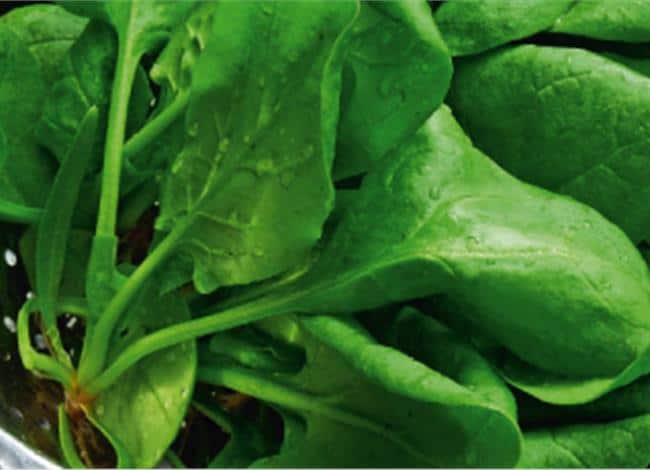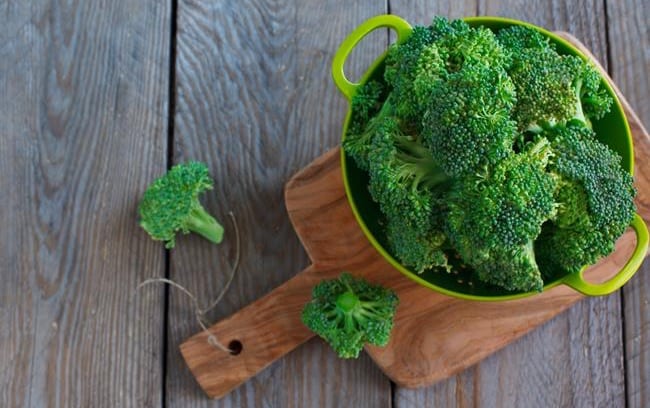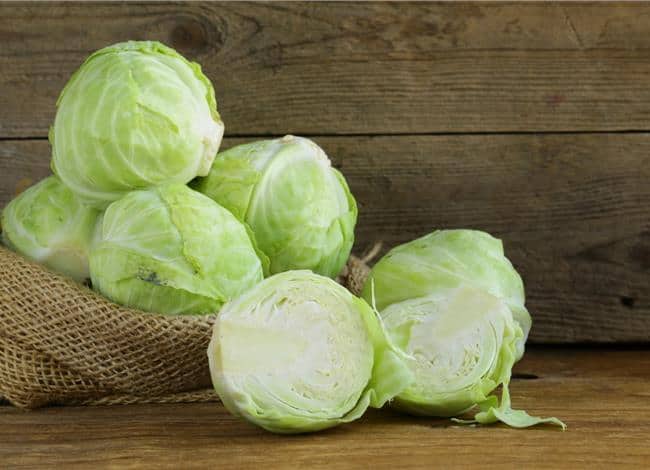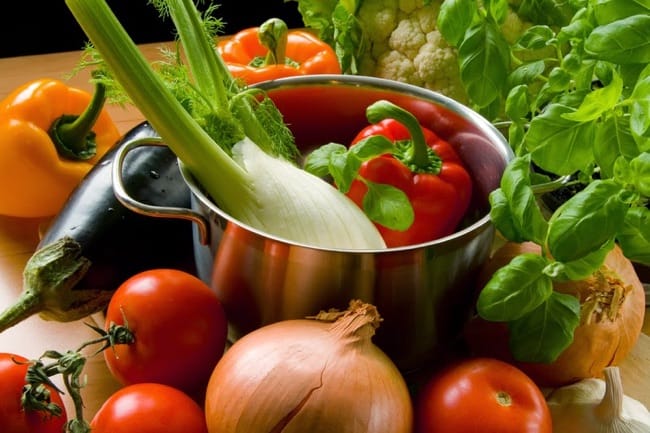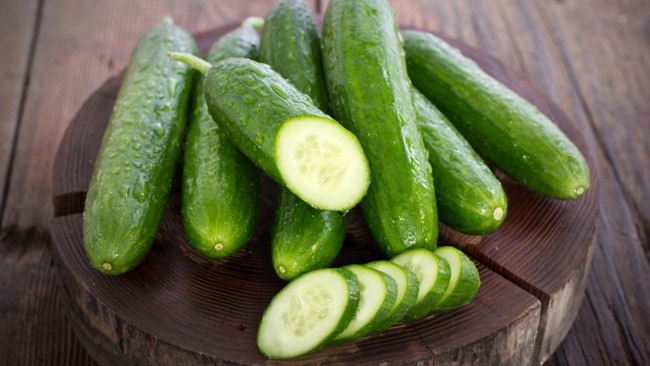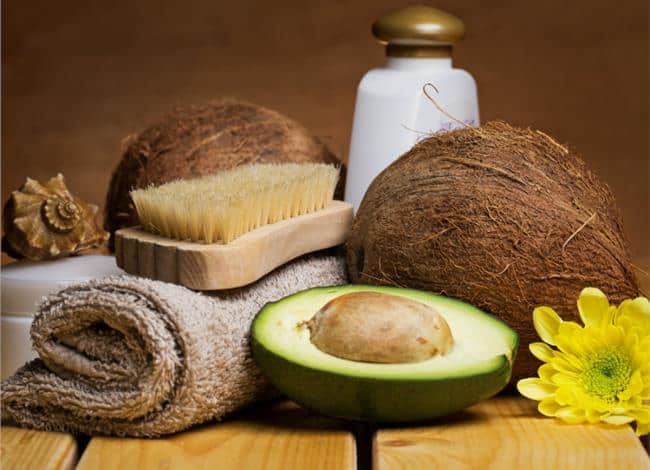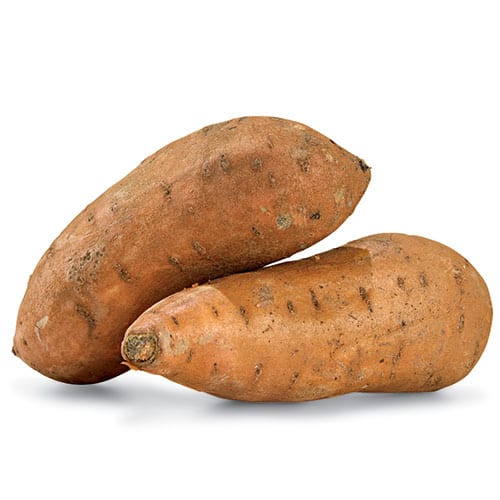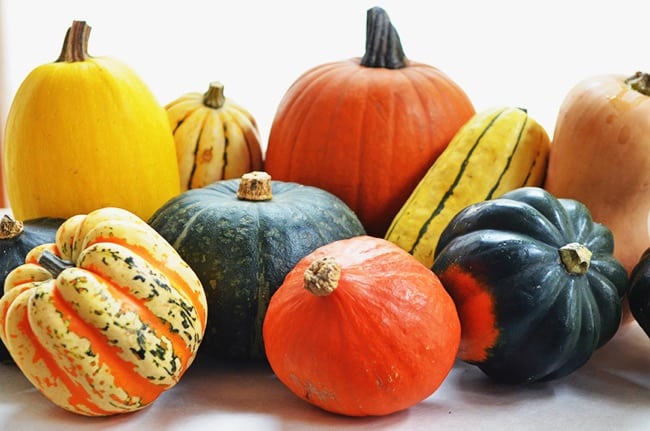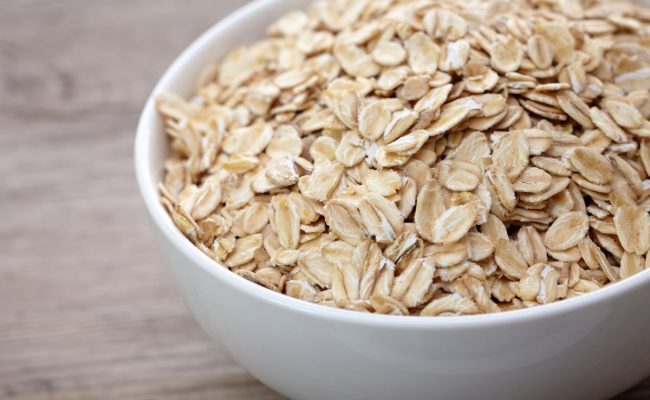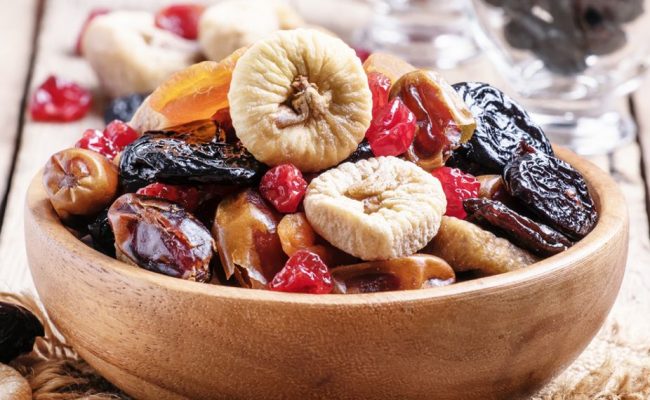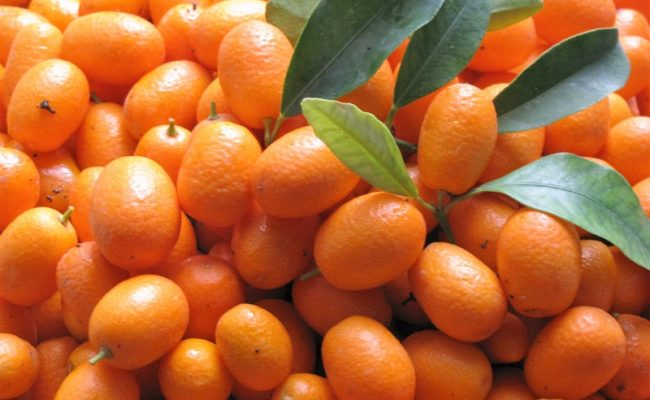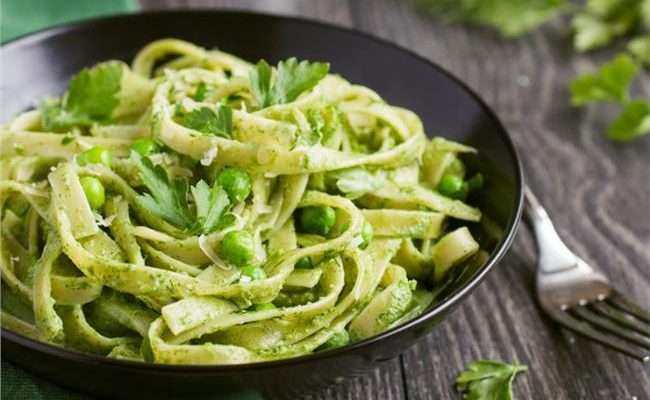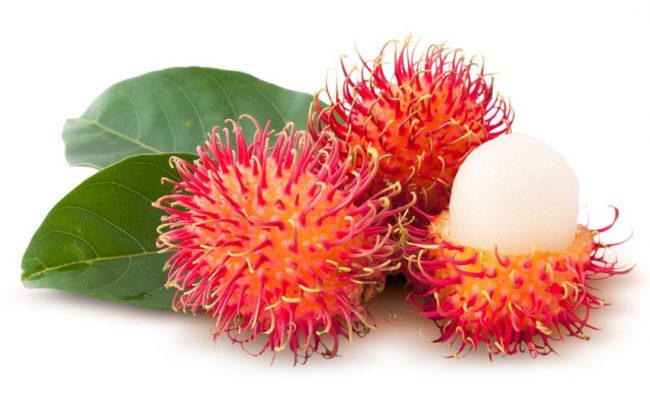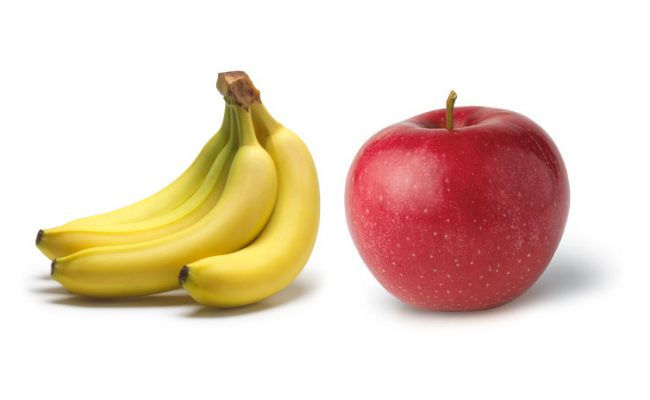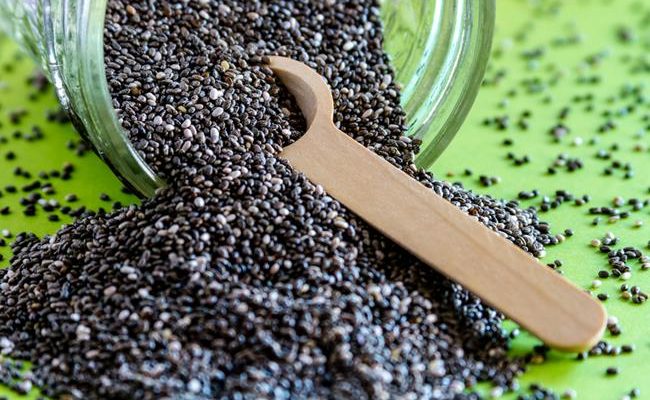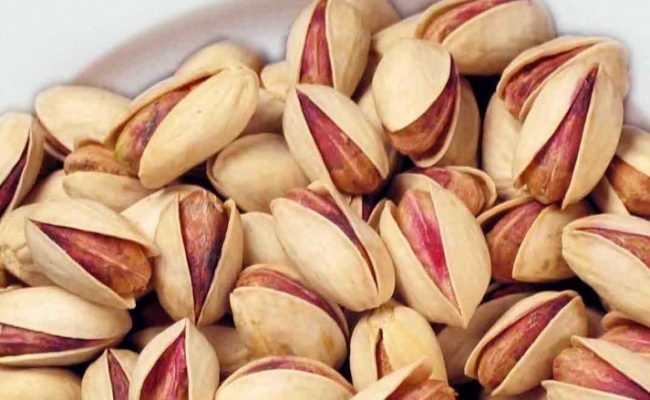
Low carbohydrate diets are popular for weight loss, and some research does suggest following a low carbohydrate diet for short term may lead to greater weight loss compared to following a low fat diet. Low carbohydrate diets may also be recommended for those at risk for or have type 2 diabetes, have high triglycerides or low HDL cholesterol levels.
Remember to check with your doctor before starting any diet, especially if you are on medication or have a pre-existing medical condition.
A starting point for cutting carbohydrates from your diet, whatever your reason, is to cut out added sugars.
Some foods naturally have carbohydrates in them such as: grains, legumes, dairy, fruits and vegetables.
Depending on how many carbohydrates you are restricting will depend on how many of these foods can be allowed in your diet.
A concern with cutting carbohydrate intake is that you are eliminating high fiber, high nutrient foods in your diet. Eating fruits and vegetables that are low in carbohydrates but high in nutrients is important while you are trying to limit carb intake.
If you are on a low carb diet, make sure you are getting adequate dietary fiber and fluid intake.
Here are some examples of the best and worst low carb vegetables.
Leafy greens
All leafy greens are virtually calorie free and a rich source of antioxidants, vitamins and minerals. A cup of spinach provides less than 10 calories and about 1 gram of carbohydrates.
Most leafy greens will provide about the same nutritional profile. With only 1 gram of carbs per cup, leafy greens are a great choice for getting beneficial nutrients in the diet with hardly any carbohydrate value.
In fact, you can have a few cups of leafy greens and still hardly have any carbohydrate content.
Leafy greens can of course be eaten in raw form in salads, but they can also be thrown into soups, stir fries, scrambles, casseroles, smoothies, etc. making them very versatile.
For the biggest nutritional benefit, eat a variety of greens in your diet. Examples of different types of leafy greens include: arugula, kale, Romaine lettuce, bok choy, mustard greens and kale.
Broccoli and Cauliflower
Broccoli and cauliflower can be great choices for low carbohydrate vegetables. A cup of cooked broccoli or cauliflower provides around 30 calories and between 5-6 grams of carbohydrates. However, this would also provide about 2-3 grams of fiber.
Sometimes the amount of carbohydrates a food provides minus the fiber amount is called “net” carbs. The net carbs for a cup of broccoli or cauliflower would then be around 3-4 grams per serving.
Broccoli and cauliflower have many nutrients and are considered cruciferous vegetables. Some research studies (1) have shown a lowered risk for some types of cancer associated with higher intakes of cruciferous vegetables.
Cabbage
Cabbage is another cruciferous vegetable that can be considered low in carbohydrates.
While you don’t need to only eat cabbage soup to lose weight, adding cabbage into your diet can help you get many important nutrients and fiber.
A cup of chopped cabbage provides about 2.5 grams of net carbs.
Peppers
Sweet or spicy peppers can be a low carbohydrate vegetable option. One bell pepper provides about 4 net grams of carbohydrates. Bell peppers are also high in vitamin C, beta carotene (provitamin A), vitamin B6 and smaller amounts of iron, magnesium and calcium.
Like leafy greens, peppers can be eaten raw or easily thrown into cooked dishes. They can add a bright contrast of color and texture to meals or snacks.
Try eating different colored and varieties for the widest range of nutritional benefit.
Cucumber and zucchini
One medium zucchini provides about 4 grams of net carbs, and one cucumber provides about 9 grams of net carbs. Cucumbers are very high in water content, which can help you reach your daily fluid needs.
They can be paired with peppers as a raw snack or as a crunchy salad or sandwich topping. Add fresh cut slices of cucumber to your water for a low carbohydrate, natural way to add flavor to water.
Zucchini can be used as a low carb filler in things like stir fries or other savory dishes. You could even cut up zucchini like fries and bake them as a lower carb healthy treat.
Avocado
Avocado is one of only a few fruits/vegetables that are naturally lower in carbohydrates and higher in fats. The fats avocados provide are mainly heart healthy fats, and they are a good source of vitamin C, vitamin B6 and magnesium.
An avocado provides only about 4 grams of net carbohydrates. Avocados can be used in place of other fats like mayo, creamy dressings, butter or sour cream.
Root vegetables
Potatoes, sweet potatoes, rutabaga, parsnips and turnips are root vegetables that are higher in carbohydrates.
One potato can provide about 30 grams of net carbohydrates. Potatoes and other root vegetables have many health benefits, but if you need to be following a low carbohydrate diet you may need to restrict your intake of root vegetables.
Corn
One ear of corn on the cob can provide about 15 grams of net carbs. Corn can be considered more like a starch then a vegetable because it is a good source of carbohydrates.
It is high in antioxidants that give it a rich yellow color.
Winter squash
Butternut, acorn or other winter squashes are a rich source of beta carotene and fiber, but they are also higher in carbohydrates similar to corn and root vegetables.
Conclusion
If you are following a low carbohydrate diet, it is still important to get nutrient dense foods like fruits and vegetables.
All fruits and vegetables are a source of carbohydrates, but they can vary in the amount of carbohydrates they provide.
Leafy greens, cabbage, peppers, cucumbers, zucchini, broccoli, cauliflower and avocados are examples of vegetables that are lower in carbohydrates.
Root vegetables, corn and winter squashes are considered higher carbohydrate vegetables.
